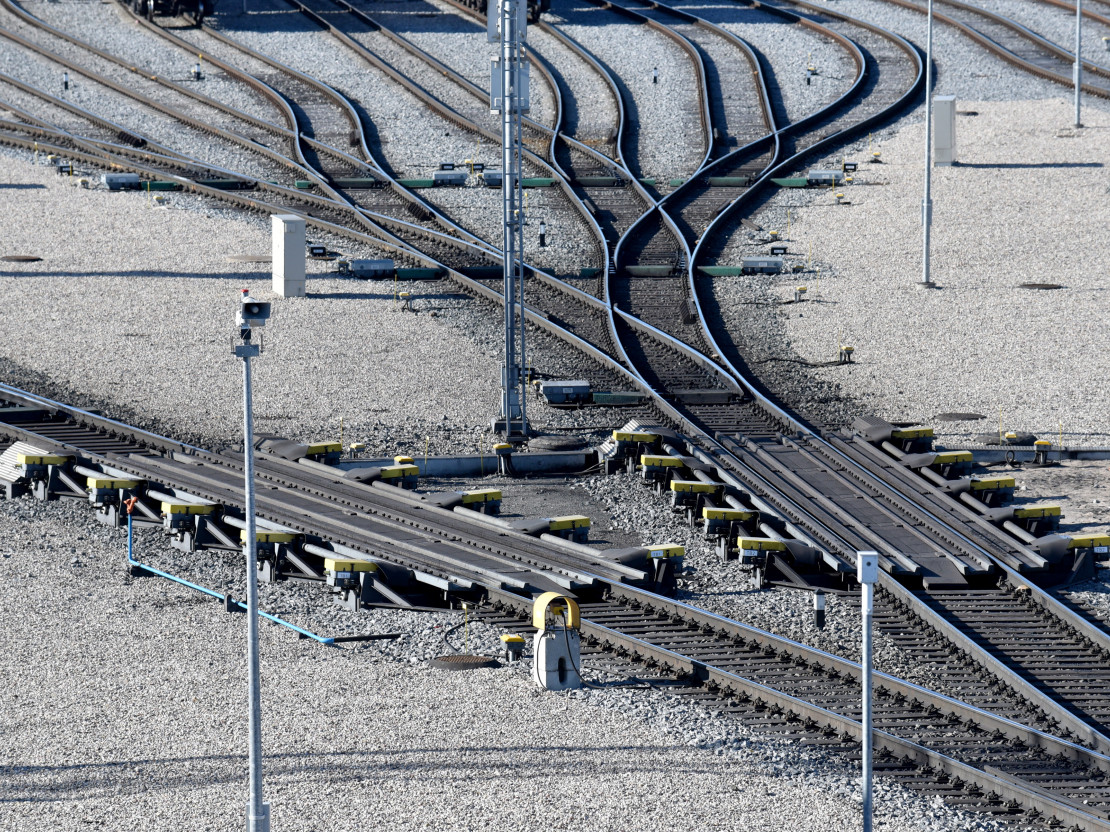
On Tuesday, 17 January, the Cabinet of Ministers supported the further development of the railway network electrification project, prepared by the Ministry of Transport and VAS Latvijas dzelzceļš. According to the project, the first electrification of the railway network would be in the direction of Riga from Daugavpils and Rēzekne, through Krustpils.
Minister of Transport Uldis Augulis stresses that the ambitious electrification project will make the Latvian transport corridor more competitive, by providing the carriers with new business prospects. Consequently, the carriers will be able to provide faster transport of goods in a timely manner and achieve significant financial savings, which will have a long-term positive impact on the industry. "By taking into account the trends in freight transport by rail, the electrification will start in the direction of Riga, thus achieving the necessary objectives of the project, which are economically justified. At the same time, the development of the project will be a significant investment in the growth of the industry and the public economy, as well as a serious contribution to the development of the Latgale region," emphasises the minister.
By evaluating last year’s analysis, conducted by the auditing company Ernst & Young Baltic on two alternatives for the first phase of the electrification project, in terms of economic return, the electrification in the direction of Riga was recognised as the best.
"It is commendable that the government has made this important decision for this industry and for the competitiveness of the economy. In the long term, this project will certainly create additional revenue for the state budget and will promote the development of the industry, as well as increase our competitiveness in relation to other transit corridors,” emphasises VAS Latvijas dzelzceļš (LDz) president Edvīns Bērziņš.
In the near future, LDz will prepare an accurate business plan, by evaluating solutions for the state’s participation in the project, so that its implementation does not affect the state budget.
The first phase of the project will be carried out within the framework of the specific support measure Provide a competitive and environmentally friendly TEN-T railway network, by enhancing its safety, quality and capacity. The available funding from the European Union’s Cohesion Fund is 347 million euros, while the total costs for electrification in the direction of Riga are 519 million euros.
When evaluating the alternatives for the project’s first phase, technical risks related to the project’s implementation were also evaluated, by recognising the possibility to realise the railway network electrification project and Rail Baltic project in the Riga intersection. Simultaneous implementation of both projects would create additional challenges in the complex traffic organisation during this period; however, optimal solutions will be found.
The electrification of the Latvian railway network as a significant development project for the transport sector is included in the National Development Plan for 2014 – 2020 and in the Transport Development Guidelines for the same period.

